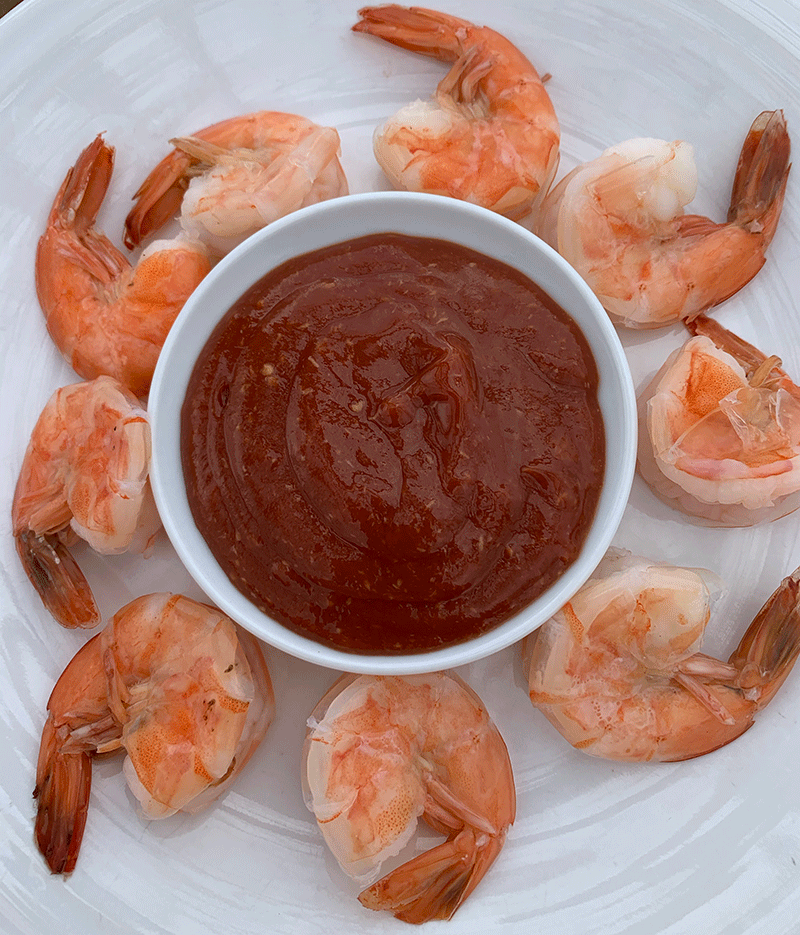
My parents both grew up along the Gulf Coast of Texas, in or near a little community by the name of Bay City. My maternal grandfather had a beach house very close to the mouth of the Colorado River where it empties into the Gulf, a rustic wood-framed cabin on the tiny spit of land there between East and West Matagorda Bays.
The Camp as it was called by everyone in the family save for my grandfather, who had christened it the Mason Rouge (it was painted a nifty barn red), was a key focal point for summers of my youth as we travelled down to fish, crab, laze in the blistering coastal Texas summer heat, comb the beaches, and just generally live the life of a miniature pirate back in the 60s.
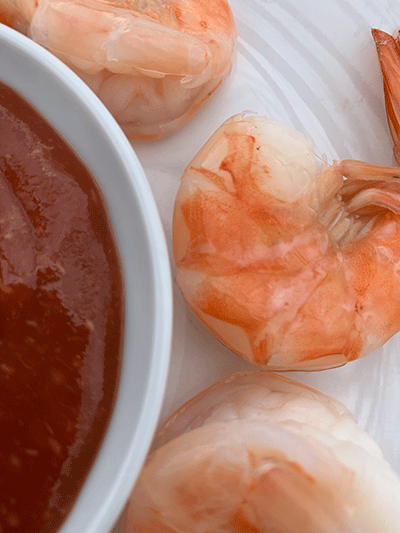 The Camp was wiped out time and time again by a number of hurricanes, most notably by Carla, and each time Pa-Pa (paw paw) would rebuild it a little bit bigger.
The Camp was wiped out time and time again by a number of hurricanes, most notably by Carla, and each time Pa-Pa (paw paw) would rebuild it a little bit bigger.
Fresh seafood was the order of the day; we pulled crabs from the crab trap every few days, caught fish morning, afternoon, and night, and bought “table” shrimp from the little bay shrimper (his boat was Little Bob) whose ramshackle operation sprawled on the riverbank about half a city block away. We probably had to drive the furthest – about 10 minutes – to pick up a bushel of oysters dredged that morning when the oyster mood struck.
Some of my earliest memories of wanting to learn about the art and mystery of cooking came from standing at my grandmother Ma-Ma’s (maw maw) elbow as she created another masterpiece on the ancient (and dammit, I mean ancient) gas stove in the corner of the first floor “kitchen” at the Camp.
She was a masterful Southern cook, using something akin to alchemy to transform uber-fresh, simple ingredients into some of the best food I’ve ever tasted. Of course, those memories are buffered by time and the myopic, simplistic perspective of youth, but damn, her fish cakes, gumbo, fish, and shrimp were stunningly good.
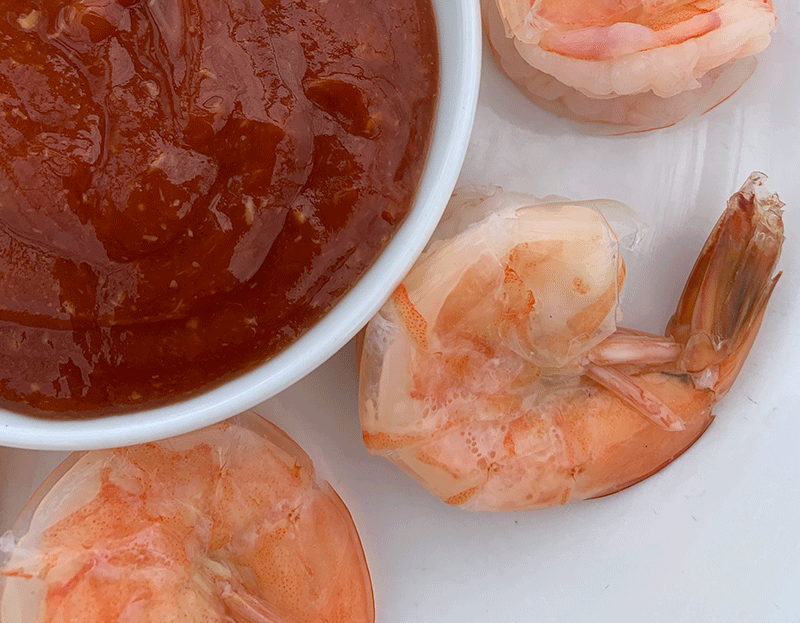
Though I didn’t appreciate it as I should back then, it was she who taught me to relish the tasty simplicity of a perfectly boiled shrimp, most often back in the day pulled from the pot, iced down to cool quickly, and eaten in a simple shrimp salad or dipped into just-crafted cocktail sauce bursting with nasal-clearing horseradish and savory Worcestershire (the Cajun influence in that part of coastal Texas was welcome!).
Wild shrimp are one of nature’s most perfect nuggets of high-quality protein, essentially free of encumbering carbohydrates, and with very little fat baggage as well. Fresh shrimp might not readily accessible year-round for many of us, but high-quality frozen shrimp are (if you’ll do a bit of digging). (And while not the focus of this post today, here’s a few quick thoughts on sourcing quality seafood.)
As many of you have, we’ve played with various approaches to attaining the best home-boiled shrimp we can over the years.
Our routine these days is simple and easy to reproduce tie and time again for consistent and tasty results. Note that we lean to the Texas Coast style for our shrimp boil – which means the inclusion of some form of Cajun spice into the pot. And next time you’re planning a shrimp meal, consider boiling up 2 or 3 pounds at a time – shrimp hold well for several days in the fridge, and make a great second meal a day or two down the road, a wonderful lunch, or tasty shrimp salad too.
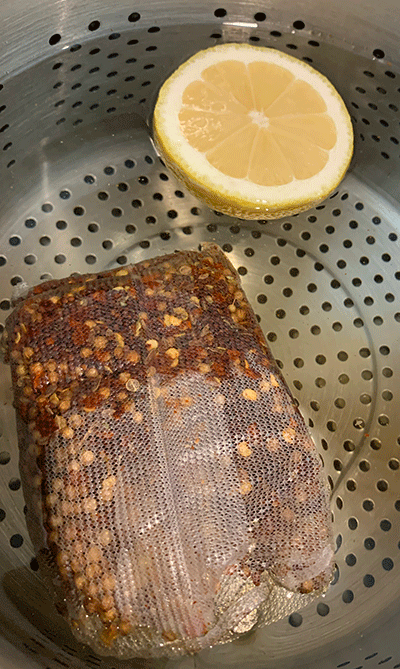 Here’s how we get a shrimp boil done at home, as noted typically 2-3 pounds at a time for my wife and I. Ma-Ma would heartily approve by the way.
Here’s how we get a shrimp boil done at home, as noted typically 2-3 pounds at a time for my wife and I. Ma-Ma would heartily approve by the way.
Into your shrimp pot goes water to cover the shrimp by at least 3 inches, along with half a (scrubbed) lemon and either a packet of Zatarains’s Shrimp and Crab boil or several teaspoons of their liquid boil mix, though the bagged spices produce a better result with a deeper, more interesting flavor.
Bring the water to a rolling boil, add the shrimp, and maintain high heat until the pot just beings to boil again. Cover, remove from the heat, and let steep for at least 5 minutes.
There’s a school of thought that argues you should let boiled shrimp steep for as long as 20-30 minutes, though my most talented shrimp mentor argues that you should add some ice to the pot if you’re steeping more than 5 minutes to cool the water so as not to overcook the shrimp.
I typically don’t steep for more than 6 or 7 minutes, then drain the shrimp, ice them down for at least several minutes, and either serve warm right then, or chill them down for several hours in the fridge. We like to peel them right at service (read as we eat them).
This routine is really child’s play in the kitchen, simple enough that anyone can do it with ease, and yielding perfect results every time.
See you at the shrimp counter this weekend.
Enjoy.
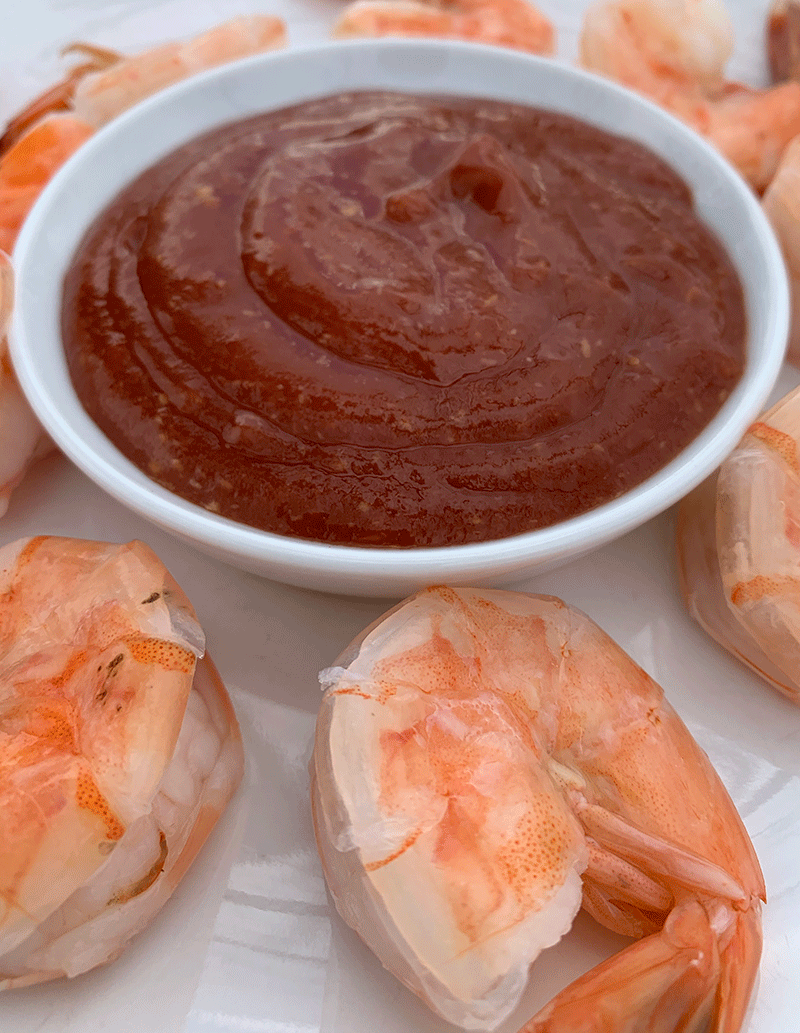



[…] Older Bolder Life I’ve posted our long-treasured family recipe for the perfect (and damned simple) Texas Style Shrimp Boil handed down from Ma-Ma (maw maw) at her now long-gone Texas coastal […]